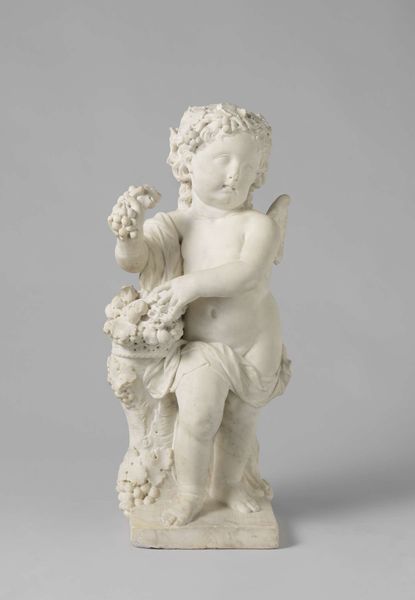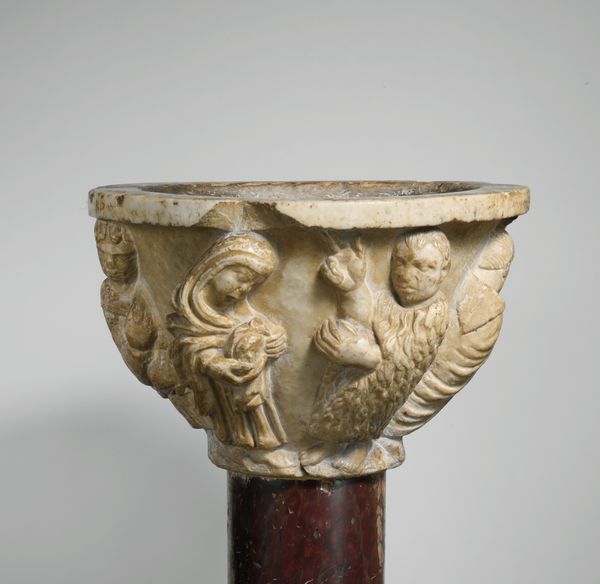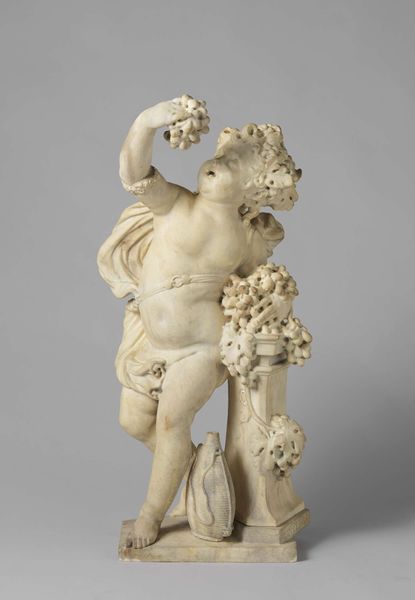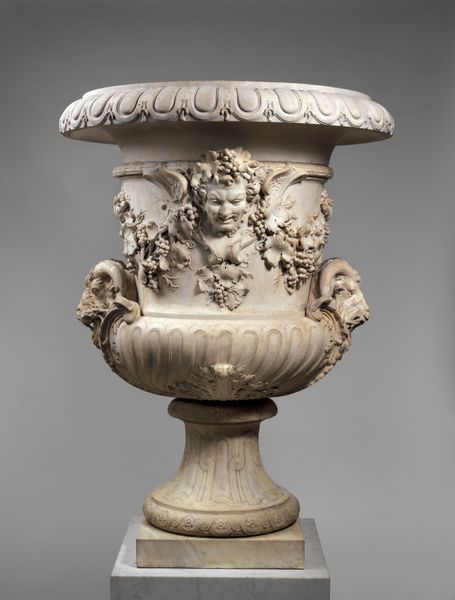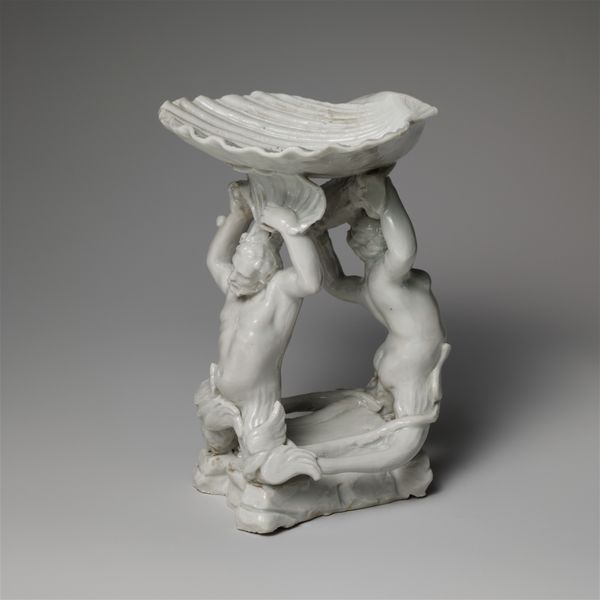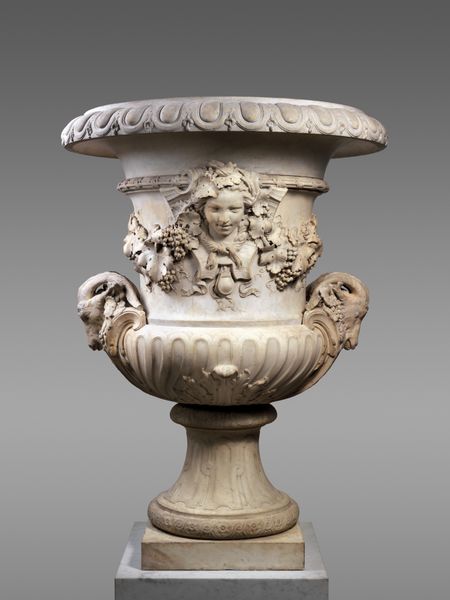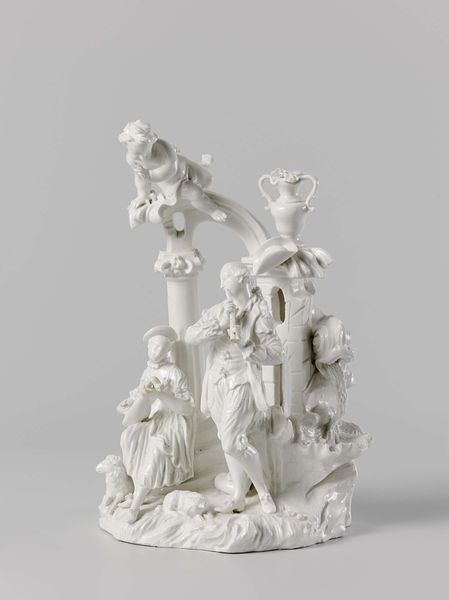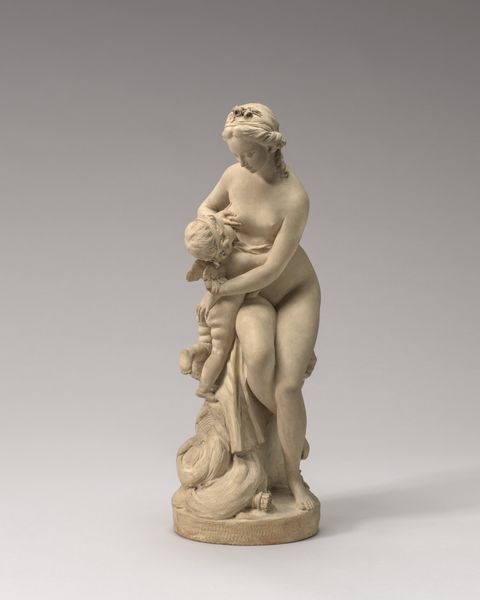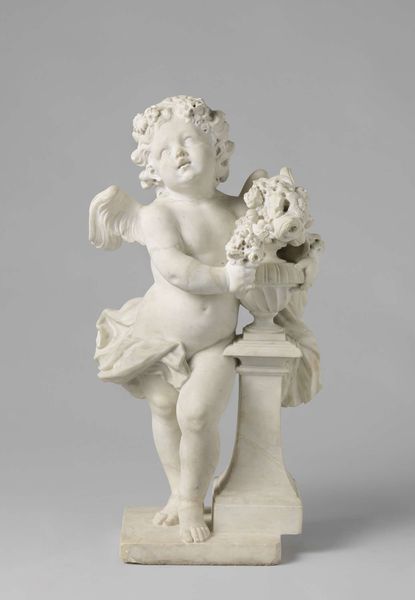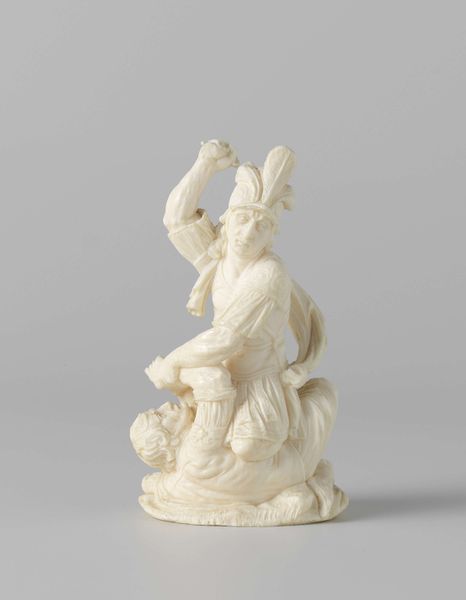
sculpture, ivory
#
baroque
#
figuration
#
sculpture
#
ceramic
#
genre-painting
#
history-painting
#
ivory
Copyright: Rijks Museum: Open Domain
Editor: This intricately carved ivory sculpture, "Atalanta with her Followers," dates back to around 1660 and is attributed to David Heschler. It's so tactile and complex! The figures seem to burst forth from the cylindrical form. What’s most striking about this piece to you? Curator: The first thing that grabs me is the materiality – ivory. Consider the colonial context here. Ivory, a highly prized material at the time, comes from elephants, typically from colonized lands. The acquisition of this raw material involves exploitative labor practices. And Heschler transformed it into an object celebrating mythology for a presumably wealthy European patron. Editor: So, you're saying the beauty of the sculpture masks a history of exploitation? Curator: Precisely. The Baroque style emphasizes opulent display and idealized forms, but a materialist perspective urges us to look beyond the surface. Who had access to this luxury, and at what cost? The time, skill, and sheer labor of its creation have to be considered too. How might Heschler’s workshop have operated? Did he have assistants working on the roughing out? Editor: That’s fascinating! I hadn’t considered the means of production involved in something so… delicate looking. It's not just about the artist's skill, but also the whole economic and social network that made it possible. I imagine the use of ivory gave this added prestige. Curator: Indeed. Think about the function, too. Was it purely decorative? Did it serve some symbolic purpose beyond the mythological narrative? Or was it meant to signal status and power? Editor: This gives me a completely new way to view art objects; seeing them less as isolated masterpieces and more as products of their time and place. Curator: Exactly! It reminds us to always question the conditions of artistic production and consumption.
Comments
No comments
Be the first to comment and join the conversation on the ultimate creative platform.

